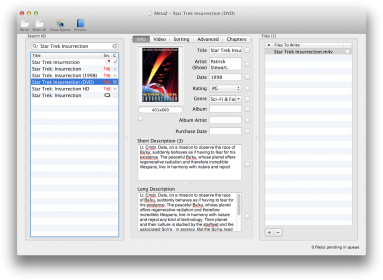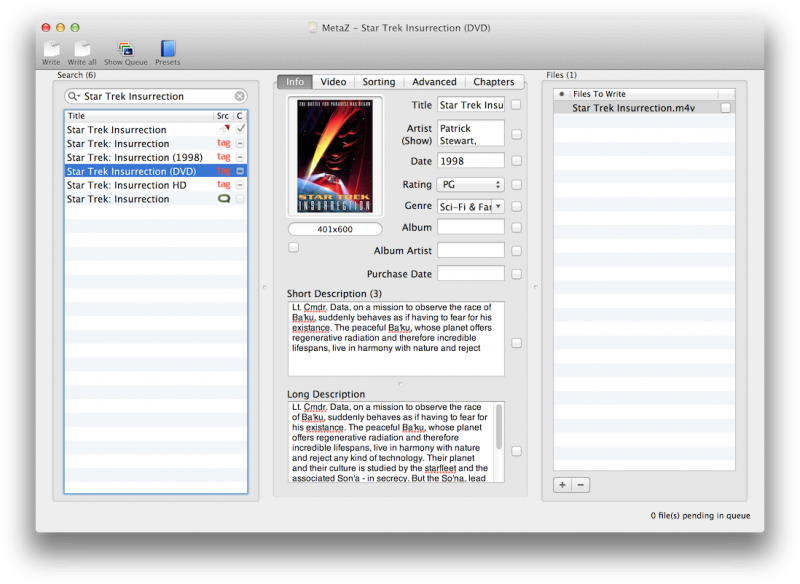
Wood, R.W., Optical and Physical Effects of High Explosives, Proc. Cambridge University Press, London, 1912.ĭavies, R.M., A Critical Study of the Hopkinson Pressure Bar, Trans. Hopkinson, B., The Pressure of a Blow, in “Scientific Papers”, p. Cambridae University Press, London, 1910. Hopkinson, B., Brittleness and Ductility, in “Scientific Papers”, p. Cambridge University Press, London, 1905. Hopkinson, B., The Effects of Momentary Stresses in Metals, in “Scientific Papers”, p. Hopkinson, J., “Further Experiments on the Rupture of Iron Wires”, Proc. Hopkinson, J., “On the Rupture of Iron Wire by a Blow”, Proc. and Pearson J., “Explosive Working of Metals.” Macmillan, New York, 1963. Munroe, C.E., “The Applications of Explosives”, Pop, Sci. Munroe, C.E., Modern explosives, Scribners Mag., 3, 563, (1888). Helie, F., “Traite de Balistique Experimentale.” Dumaine, Paris, 1840. This process is experimental and the keywords may be updated as the learning algorithm improves.ĭuvall, G.E., Shock Waves in Solids, in “Shock Metamorphism of Natural Materials,” ed, by B.M.

These keywords were added by machine and not by the authors. The extensive engineering developments have heretofore been accompanied by only limited basic research efforts but recently these have greatly expanded in a concerted attempt to understand metal behavior under rapidly applied intense loading. The non-military use of explosives to work and deform metals started and began to flourish in the 1950’s with many small industrial operations springing up. Development of sophisticated electronic missile fuzing during and following the war emphasized the need for equally sophisticated fragmentation control, a field that has since occupied the attention of many engineers. This led to the development of the metal-lined shaped charges used so effectively in World War II and later in the recovery of oil, and to the method used to trigger atomic explosions.

In the 1930’s, the possibilities of using high explosives to form and project missiles was recognized. Shortly before World War I, the British engineer Hopkinson made detailed observations on spalling of metals. French militarists as early as the 1830’s were fragmenting hollow cannon balls under controlled conditions to establish optimum loading and material properties of the casings.

Research on the reaction of metals to explosions and impacts has been largely stimulated and guided by practical problems.


 0 kommentar(er)
0 kommentar(er)
